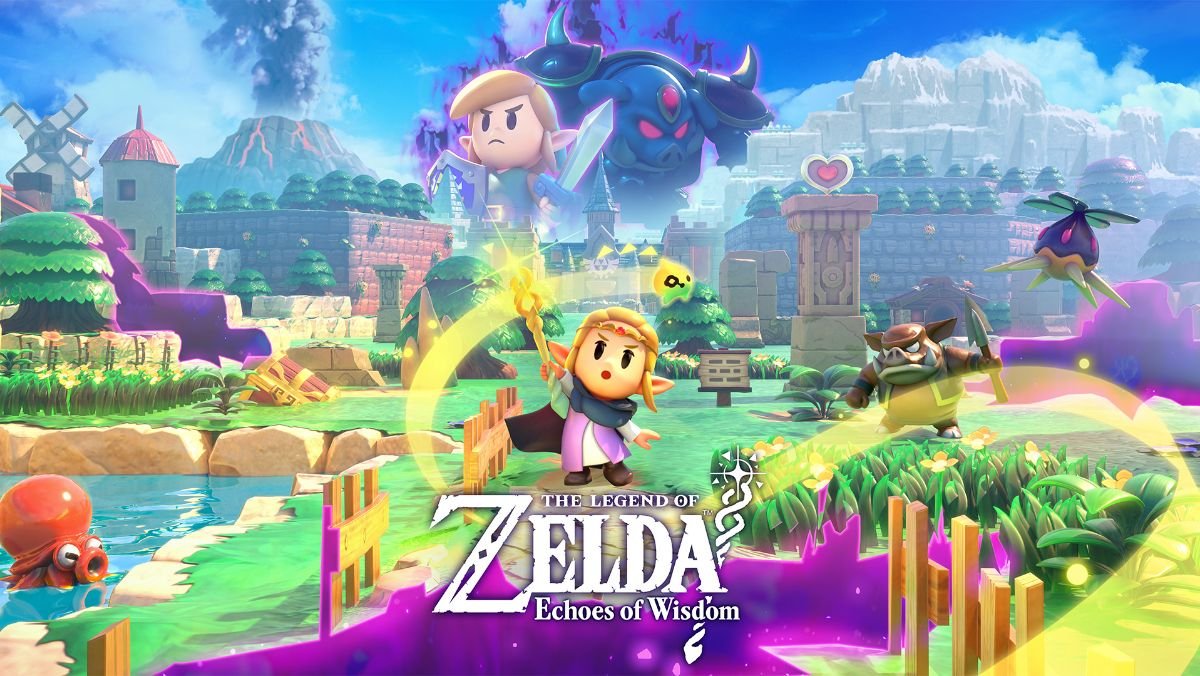The day has finally come, and the kingdom can rejoice. After years of folks confusing Link and Zelda, players will finally be able to say, I’m playing as Princess Zelda in a The Legend of Zelda game. Yes, Nintendo has revealed that in the upcoming new Zelda game, Zelda, the princess of Hyrule, will be your playable hero, while Link has mysteriously vanished into a strange rift. The Legend of Zelda: Echoes of Wisdom will also introduce a brand-new weapon for Zelda, the Tri Rod, and offer a unique form of gameplay that will challenge the cleverness of its players. You can take a look at playable Zelda in the announcement trailer for The Legend of Zelda: Echoes of Wisdom.
Playable Zelda Is Here in New The Legend of Zelda Game Trailer
The synopsis for this new Legend of Zelda game shares:
It’s up to Zelda and her wisdom to save the kingdom of Hyrule in a brand-new story in The Legend of Zelda series. The people of Hyrule are being stolen away by strange rifts that have appeared, with a certain swordsman among the missing. Team up with the mysterious fairy, Tri, and use the power of the Tri Rod to create echoes – imitations of things found in the environment. Then recreate those echoes whenever you like to solve puzzles and defeat enemies. Use echoes of water blocks to reach new heights, make bridges out of old beds, throw rocks at foes – or find your own creative combination of echoes to do things your way. You can even create echoes of monsters to fight at your side in combat.
We’re thrilled to see Zelda shine here, although we hope one day she gets to do so in one of The Legend of Zelda‘s more elaborate outings. Still, we will celebrate this victory for her and us!
When Does The Legend of Zelda: Echoes of Wisdom Release?

Zelda’s day in the sun is almost here. The Legend of Zelda: Echoes of Wisdom releases on September 26. Echoes of Wisdom is a Nintendo Switch game. A Nintendo Switch Lite inspired by The Legend of Zelda series will also be available at launch. We’re sure all of this will be available for pre-order soon on Nintendo’s website.
Playable Zelda, here we come!

